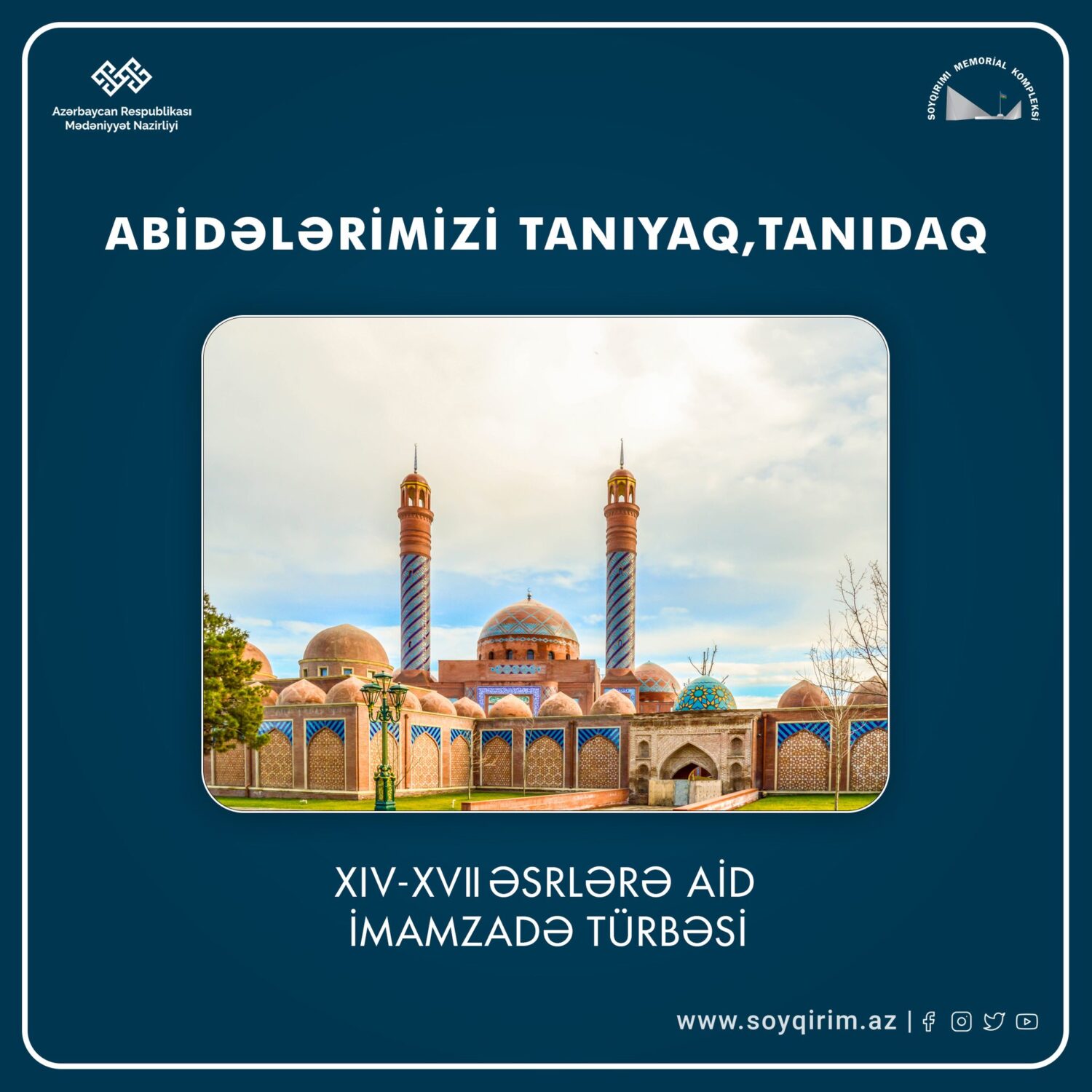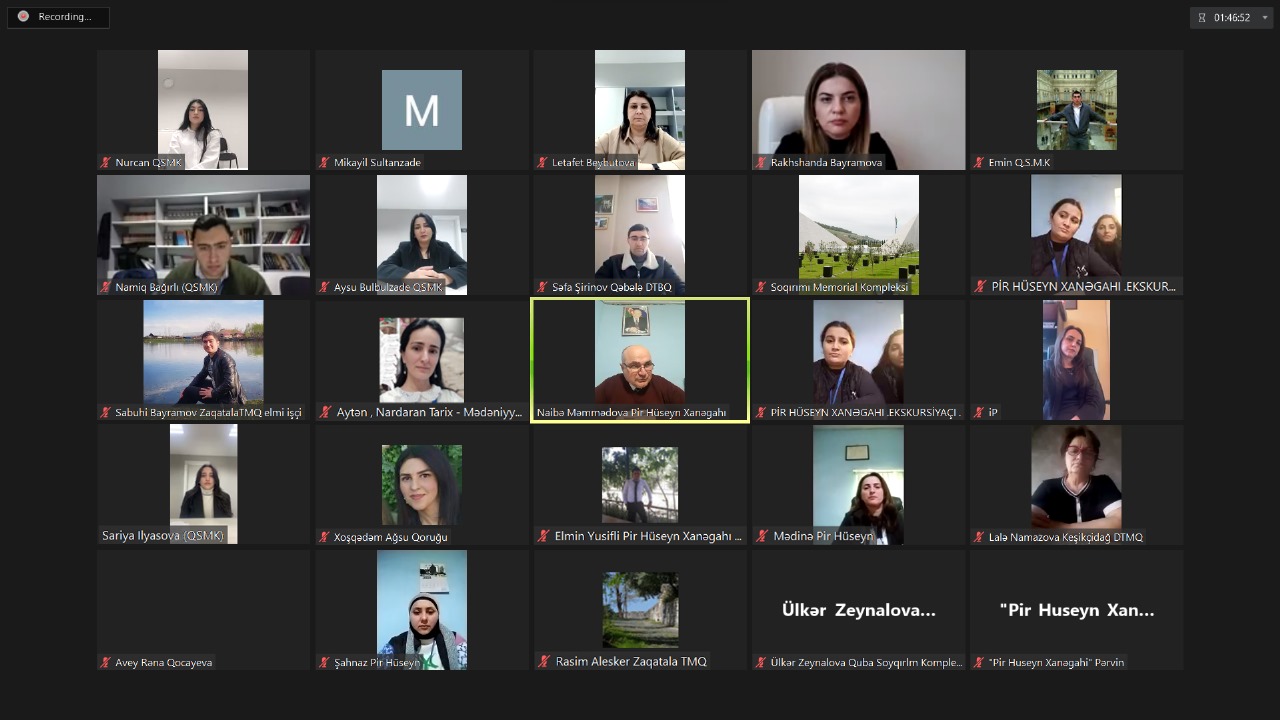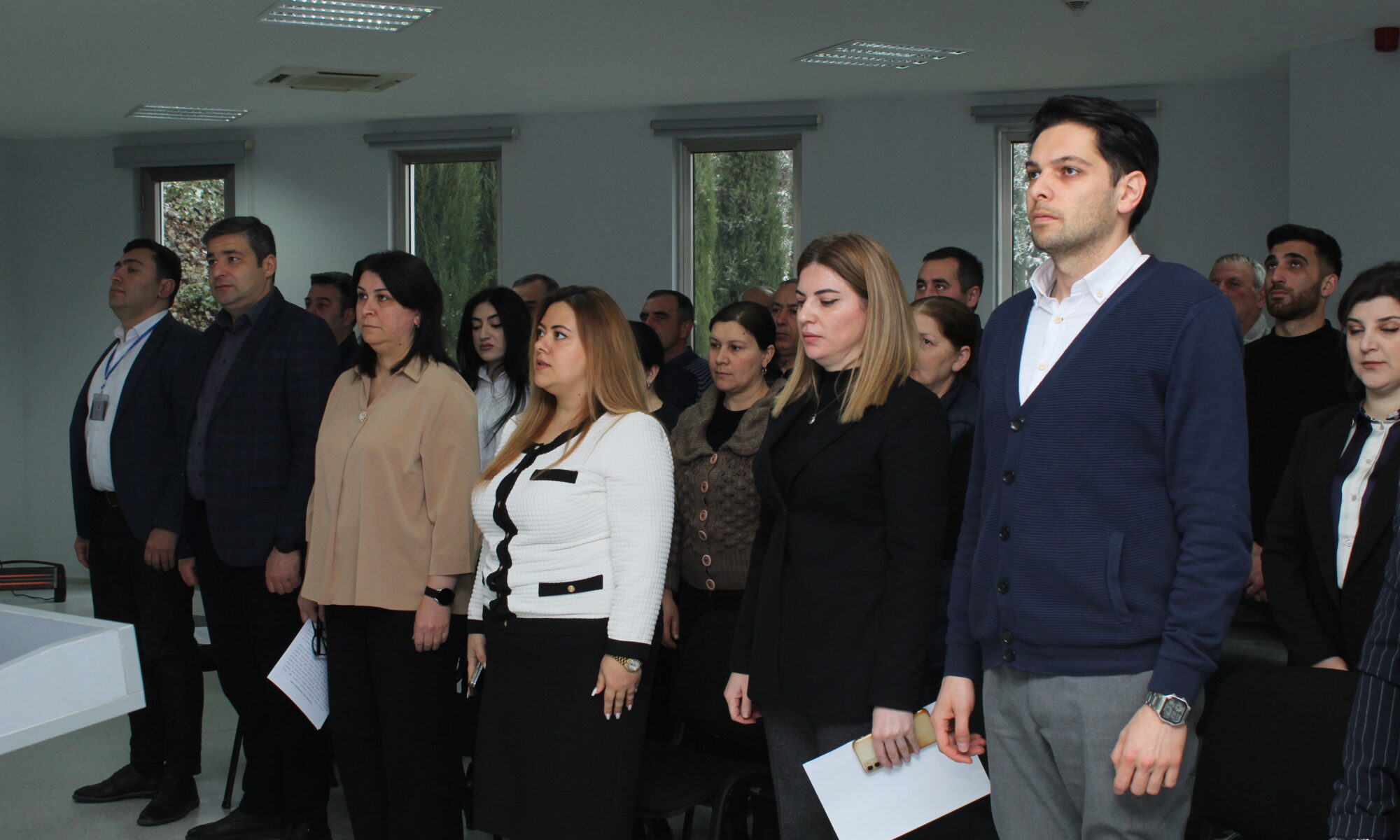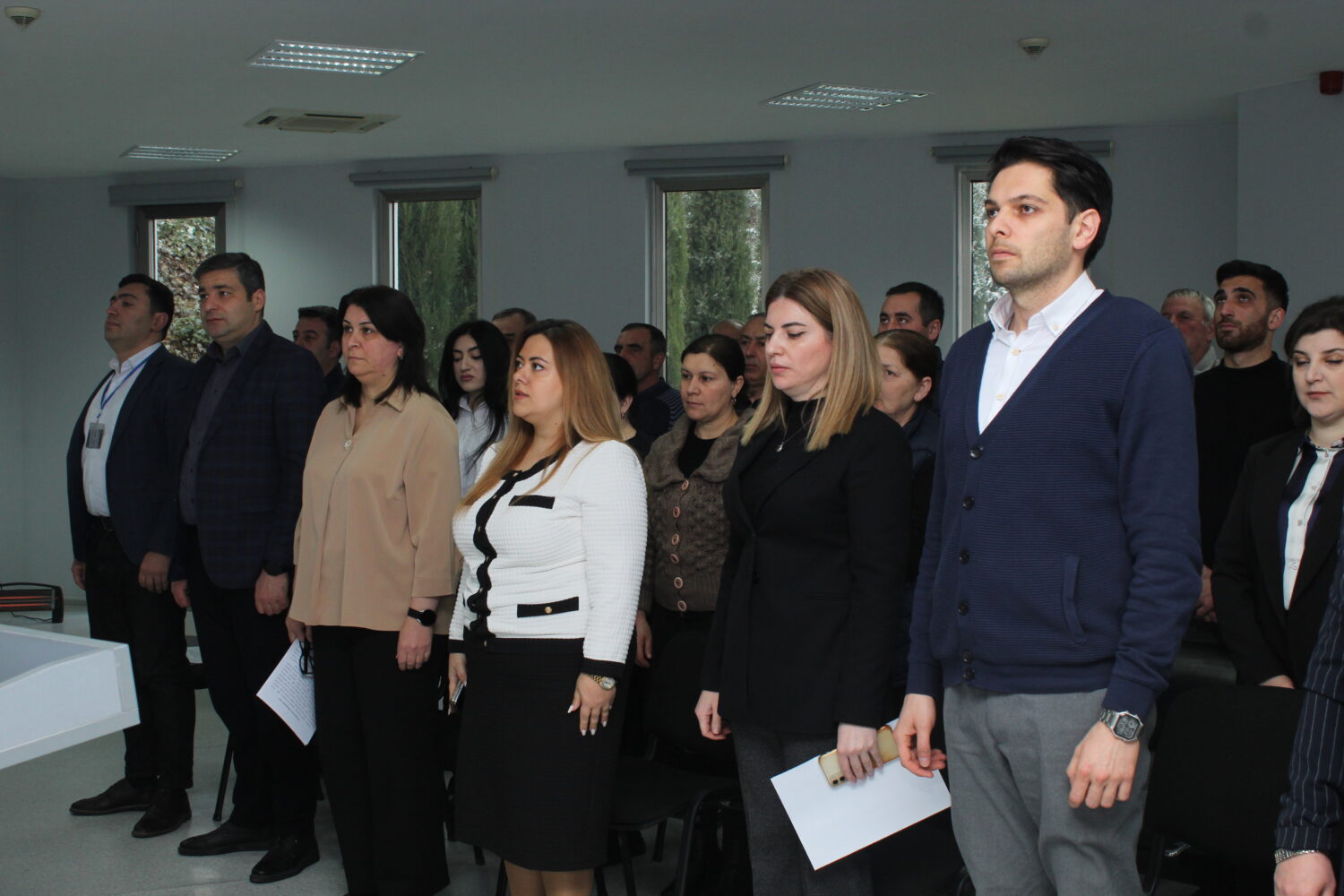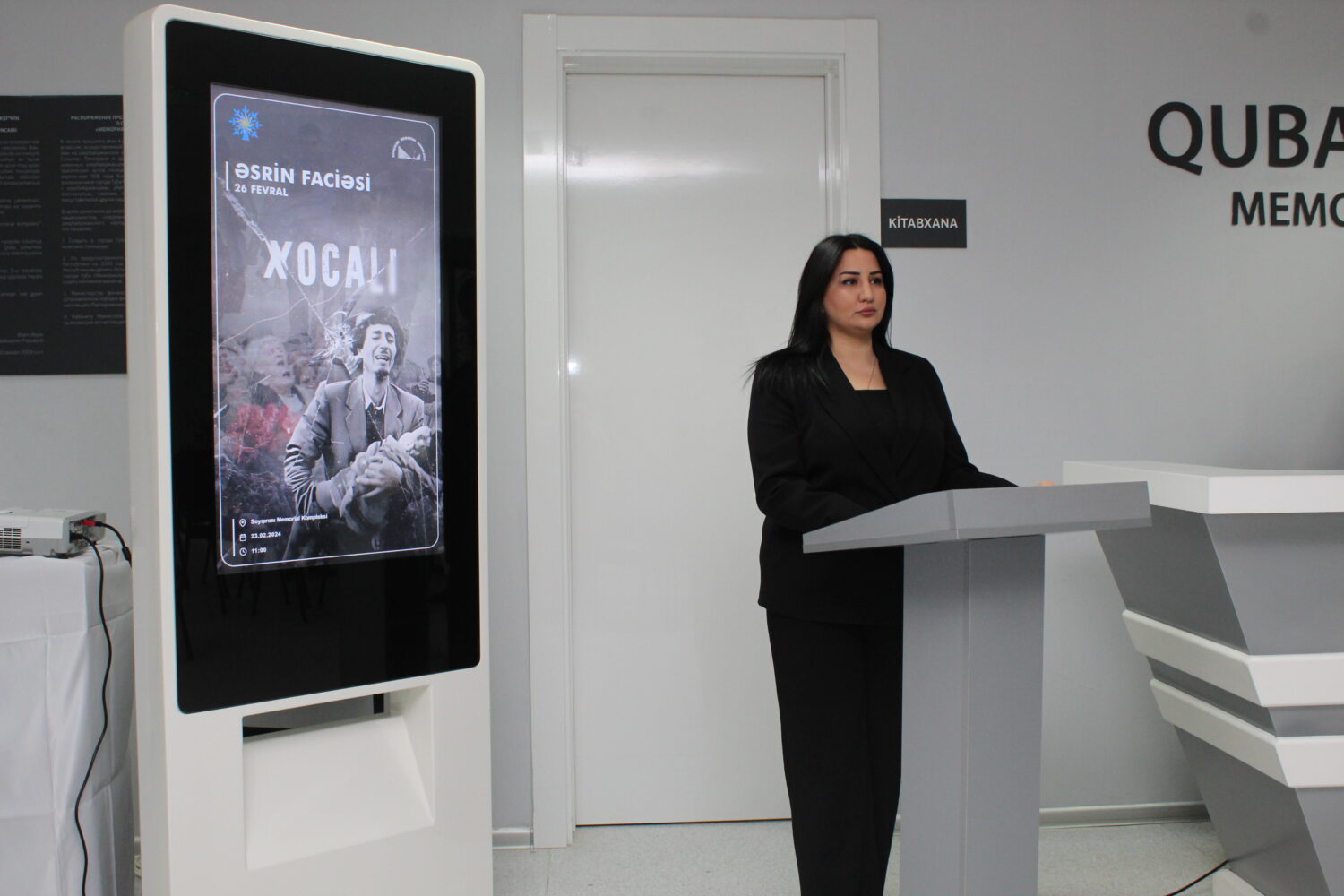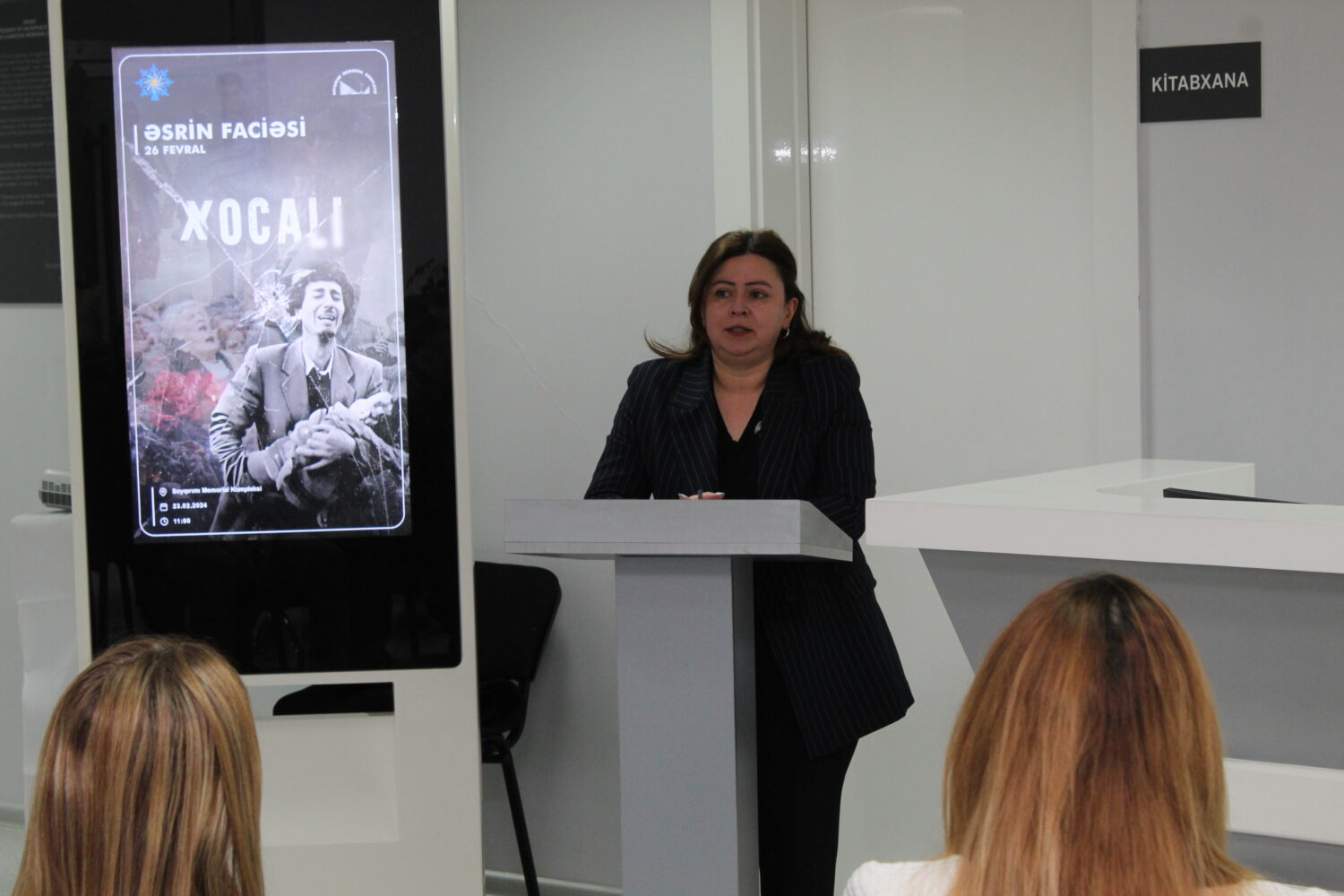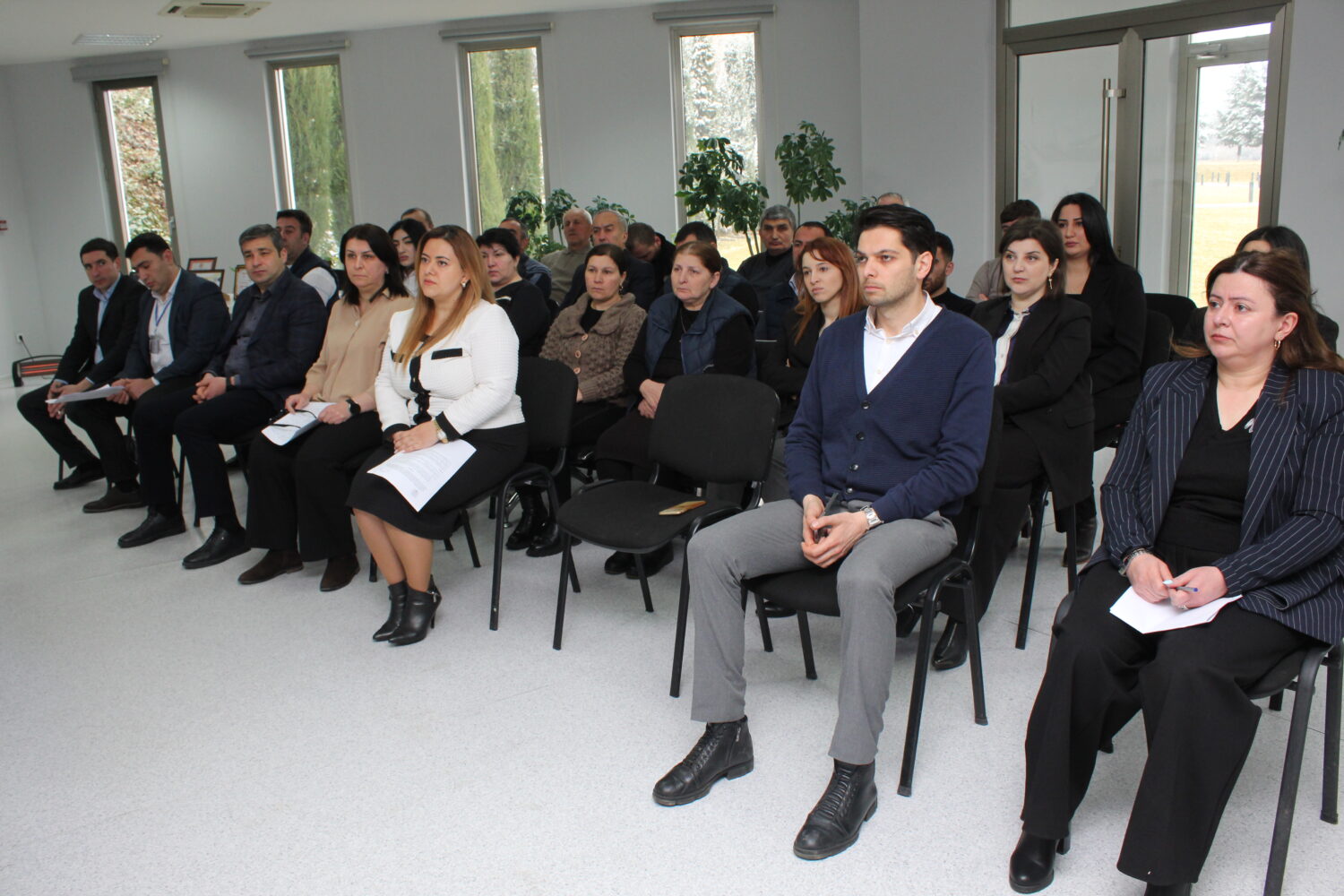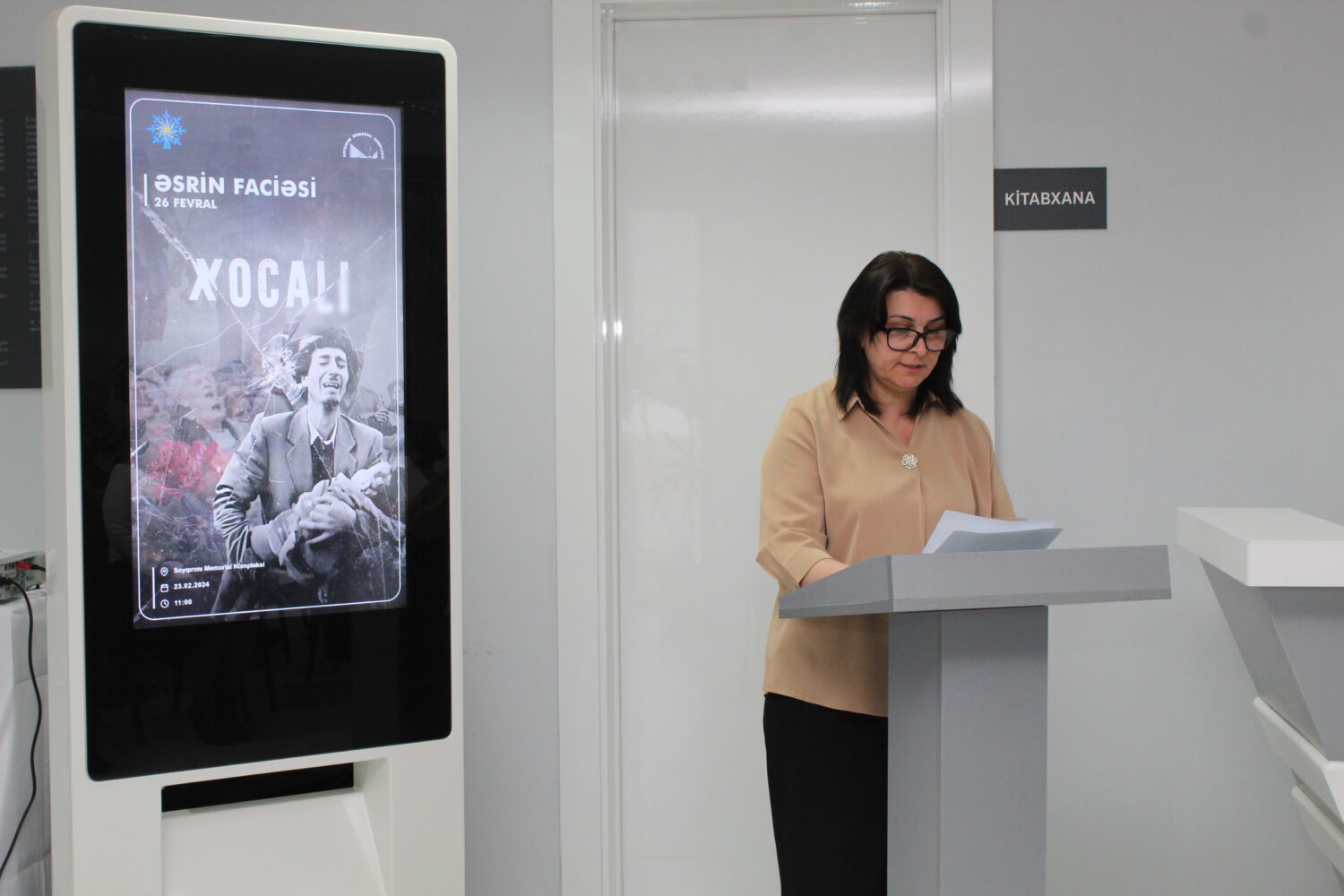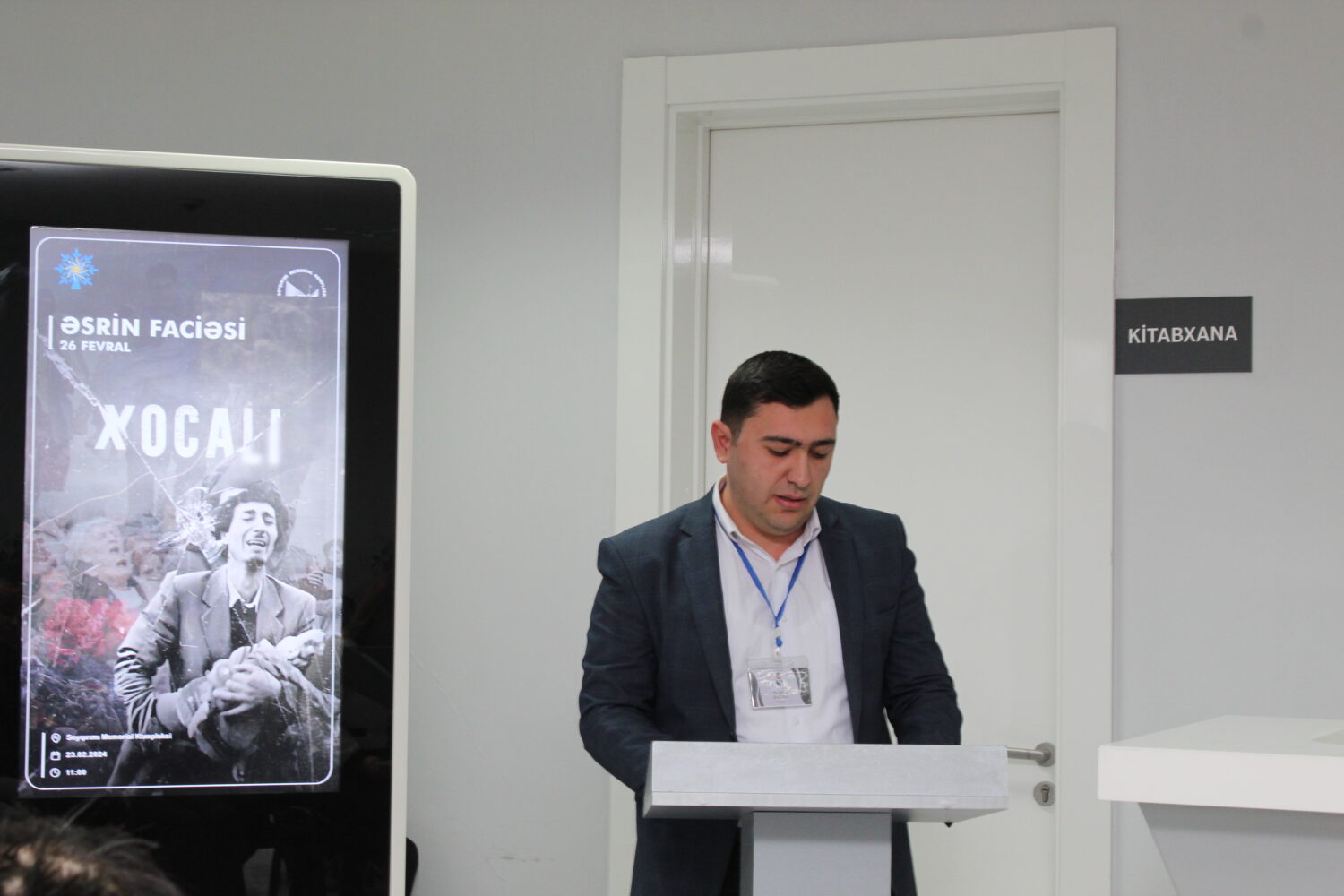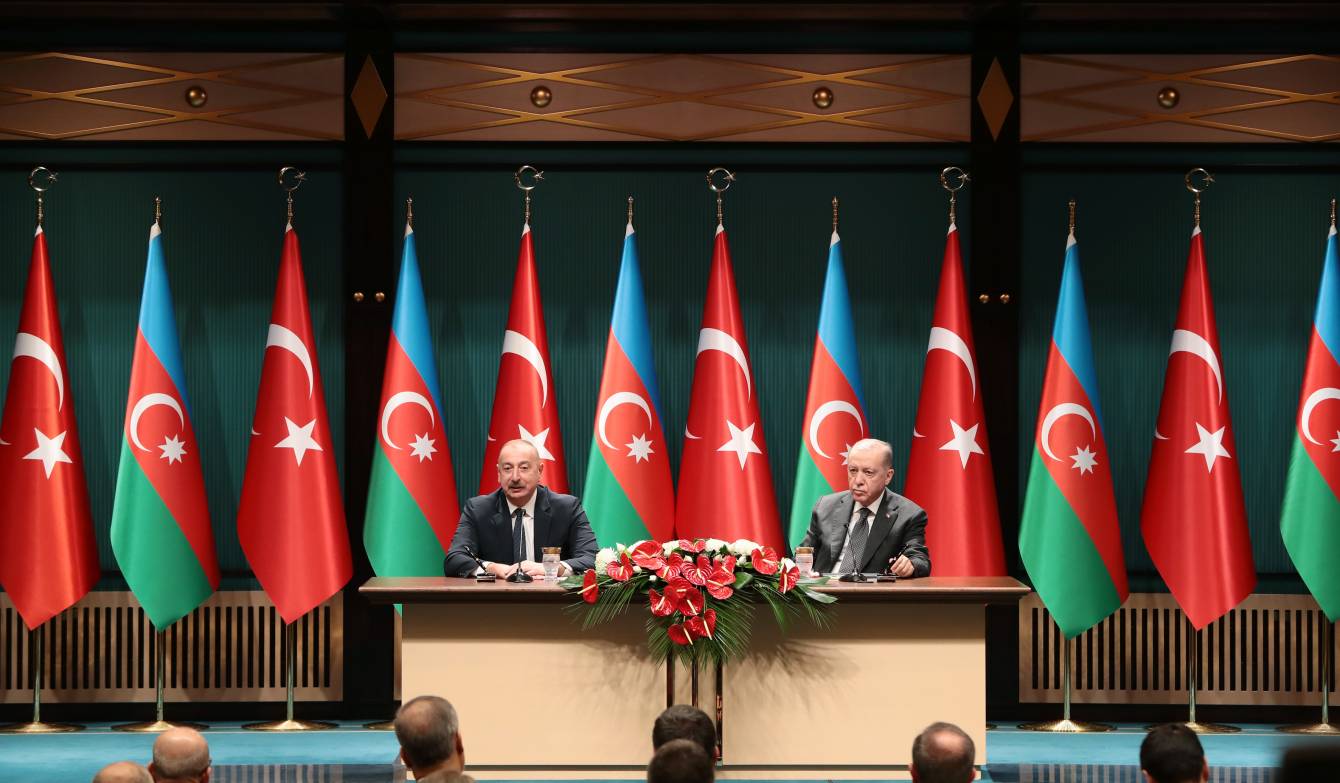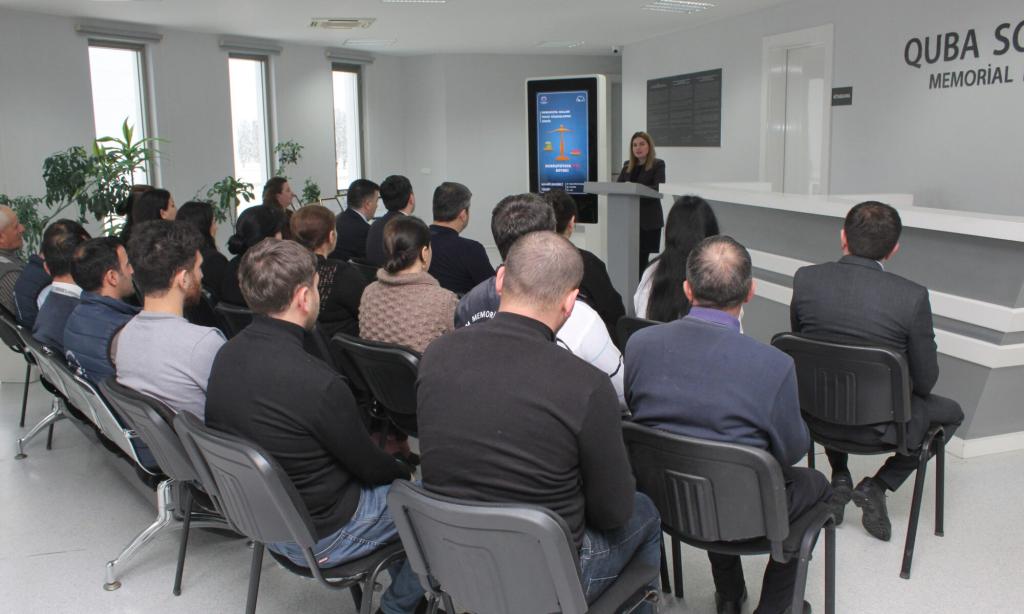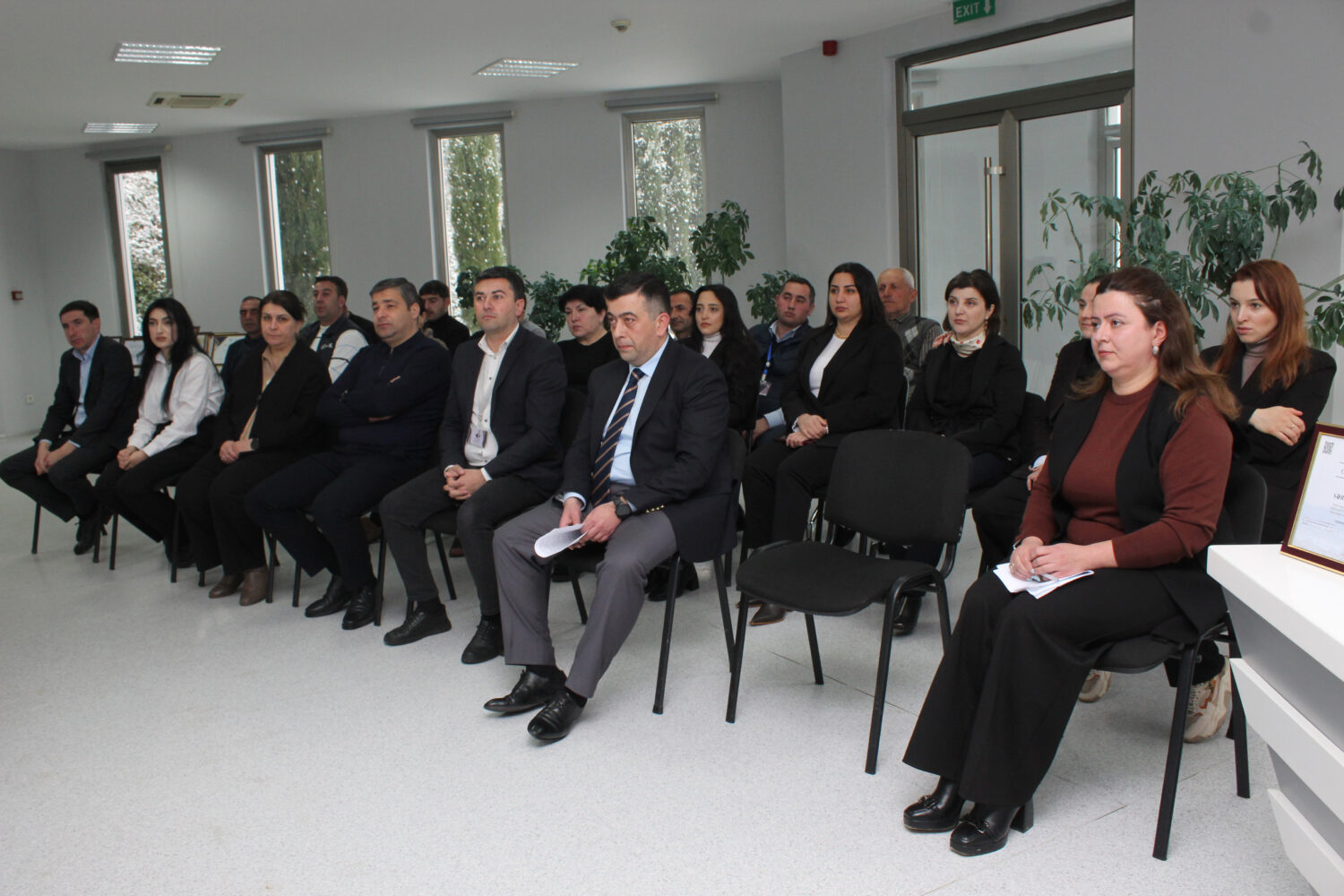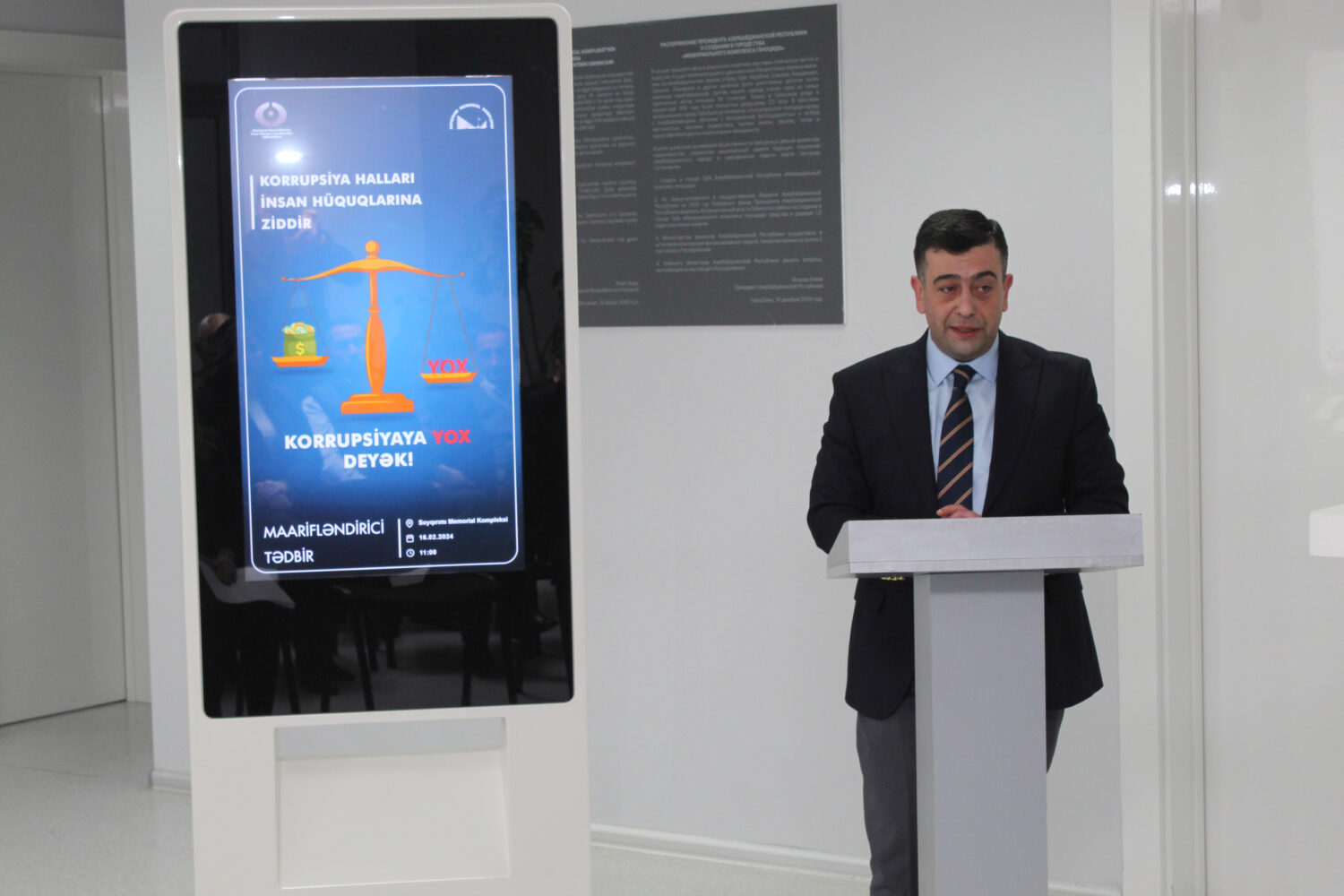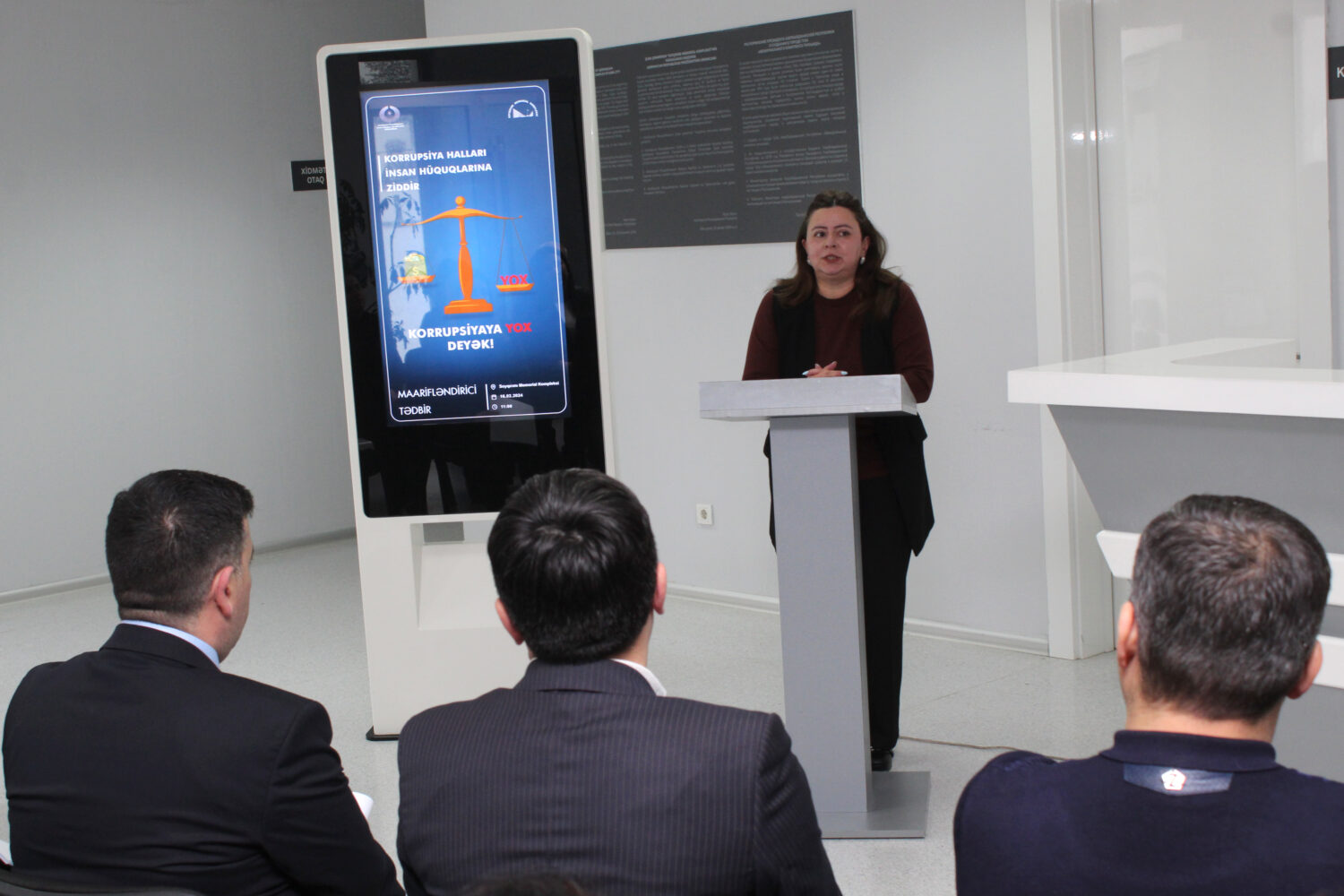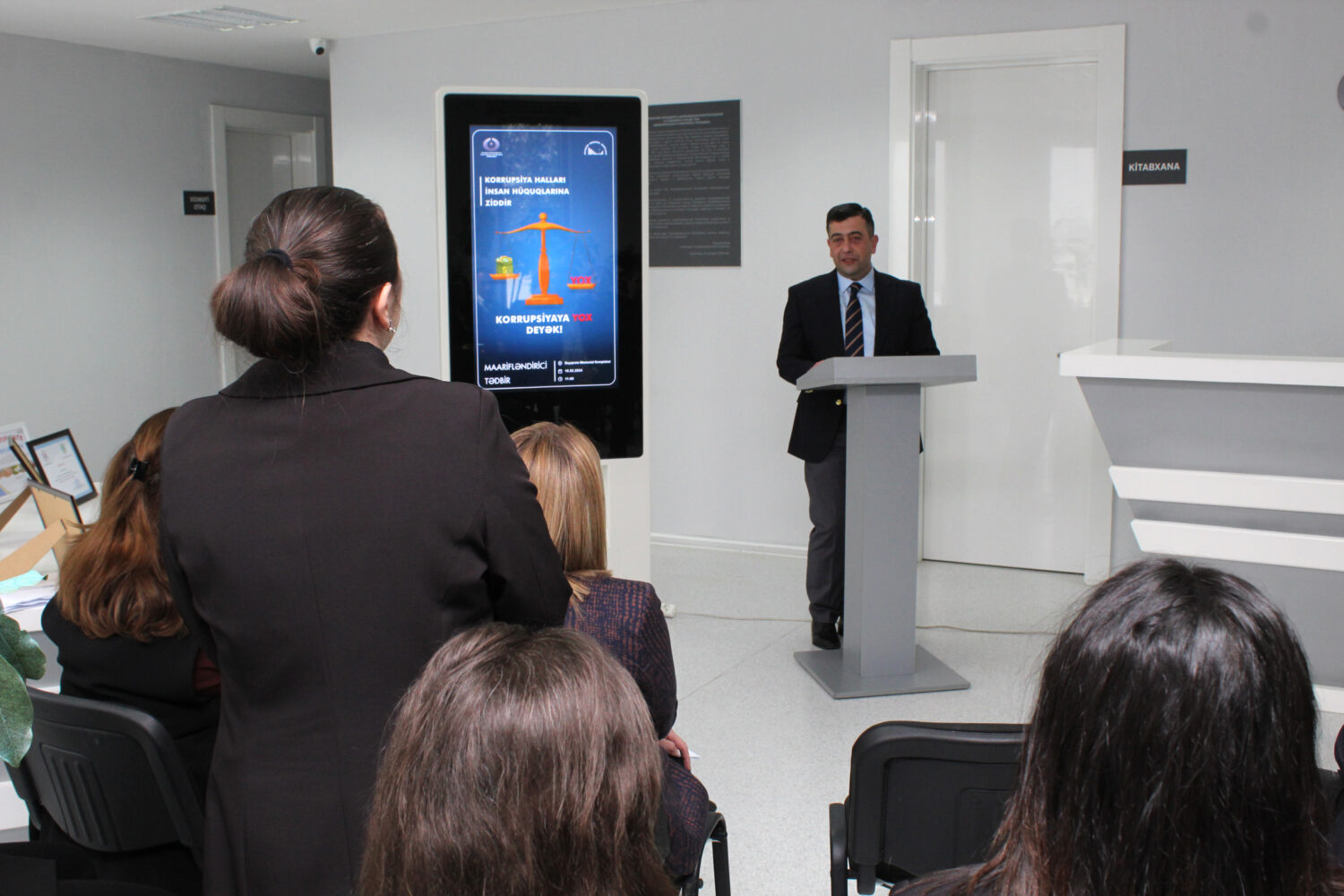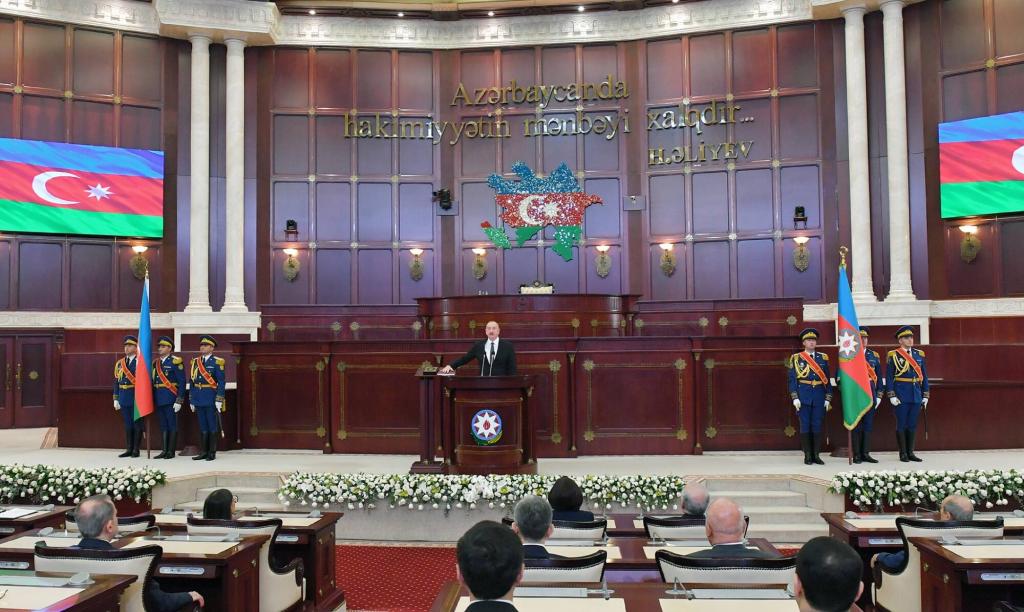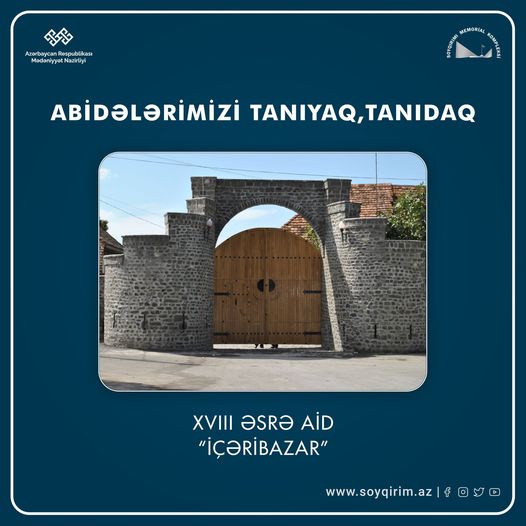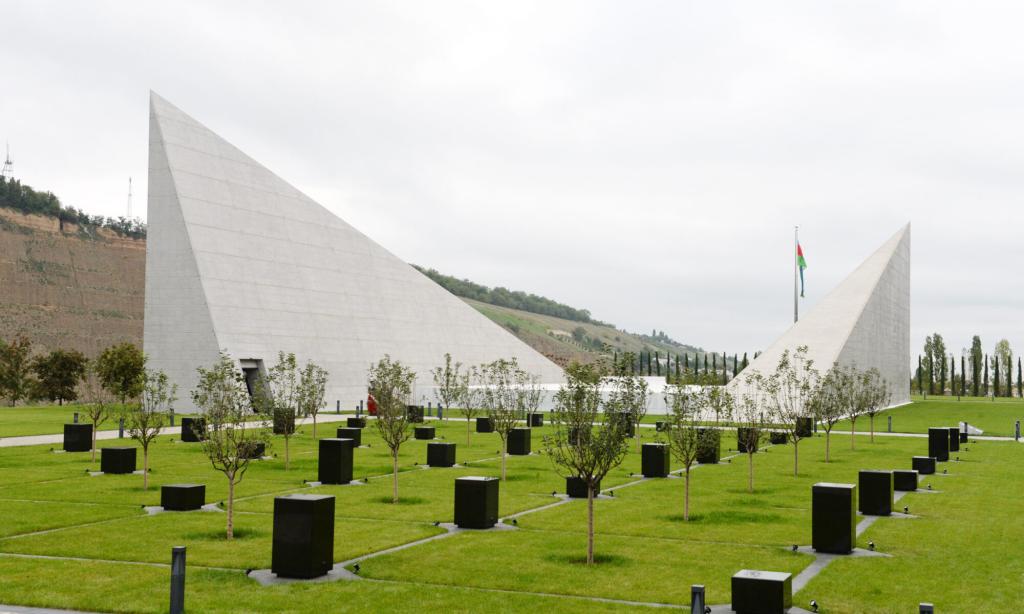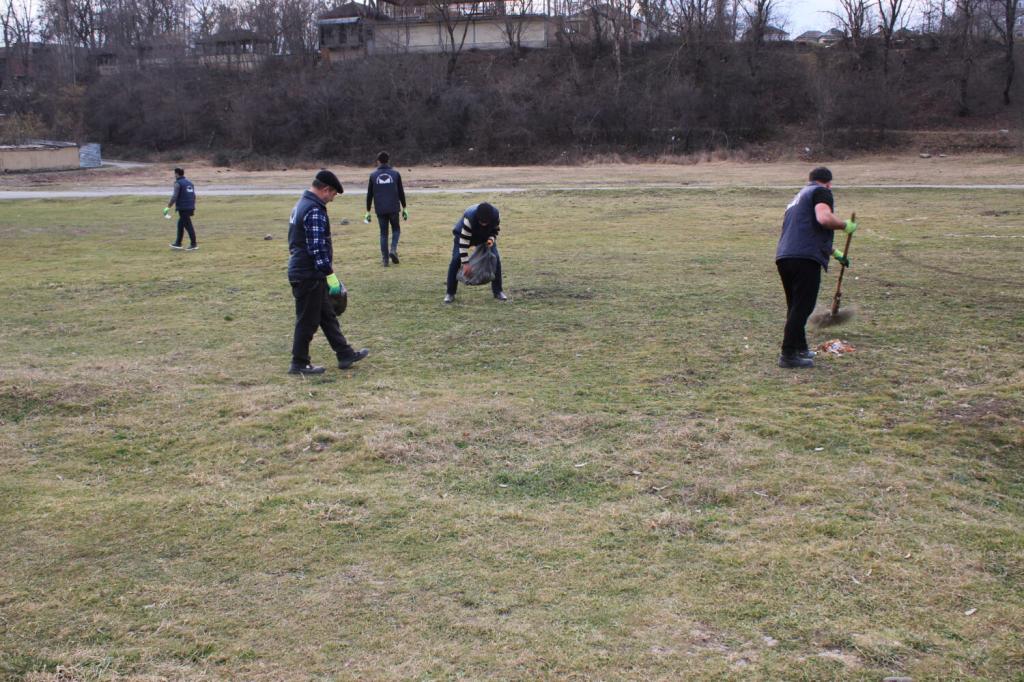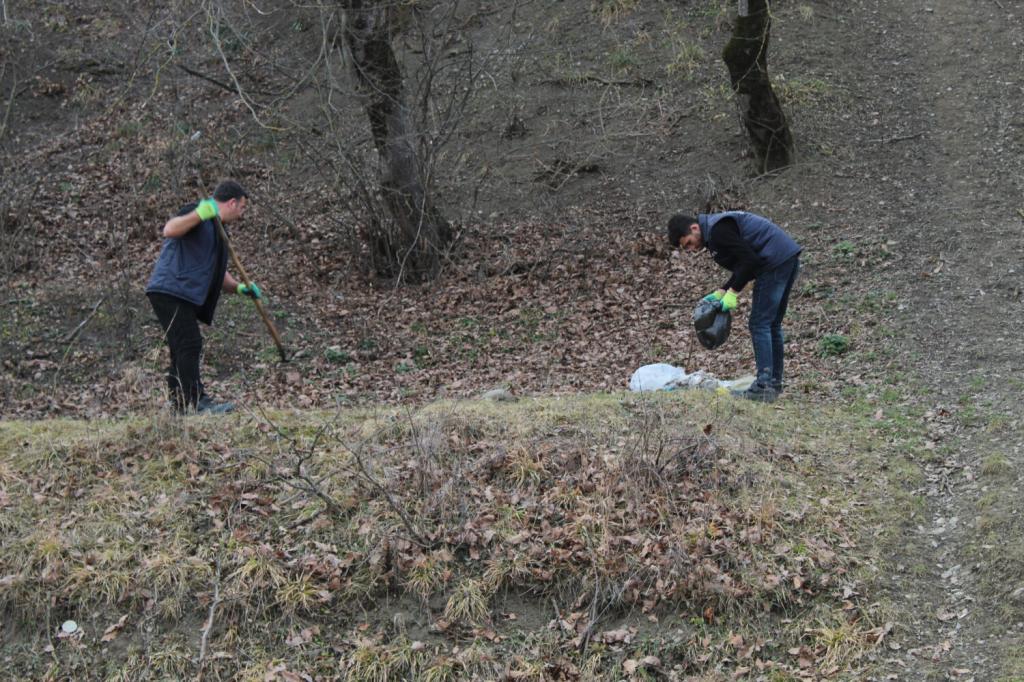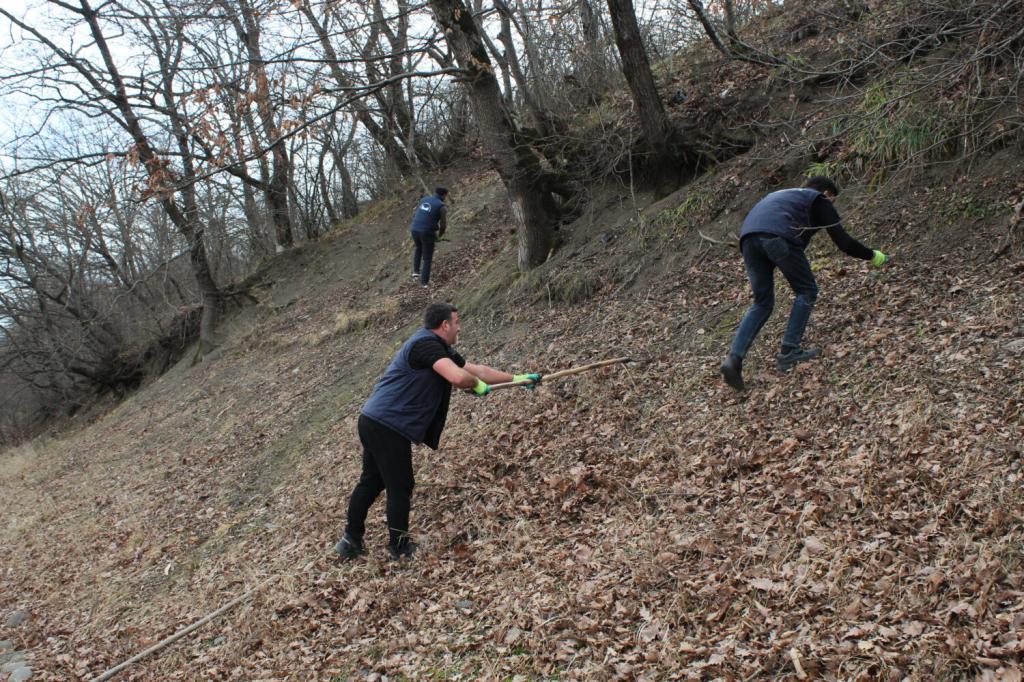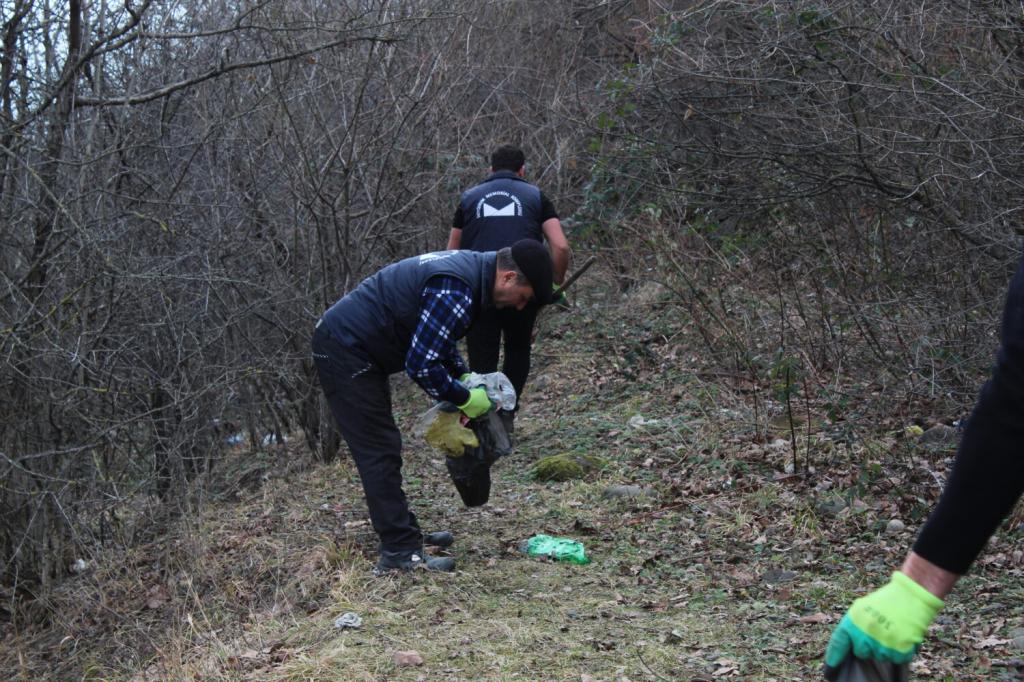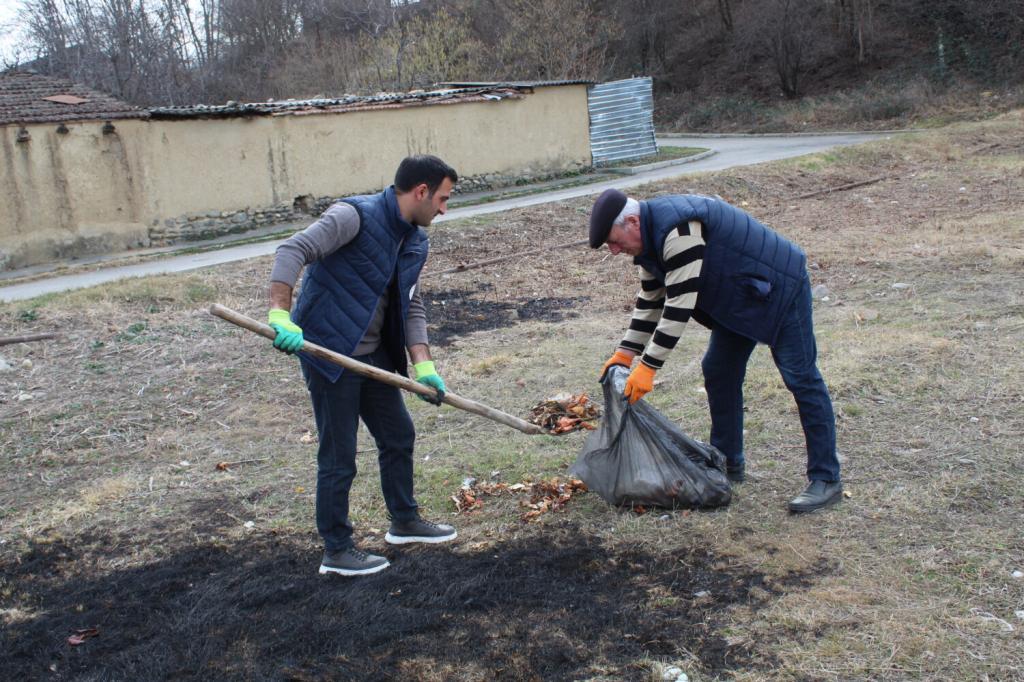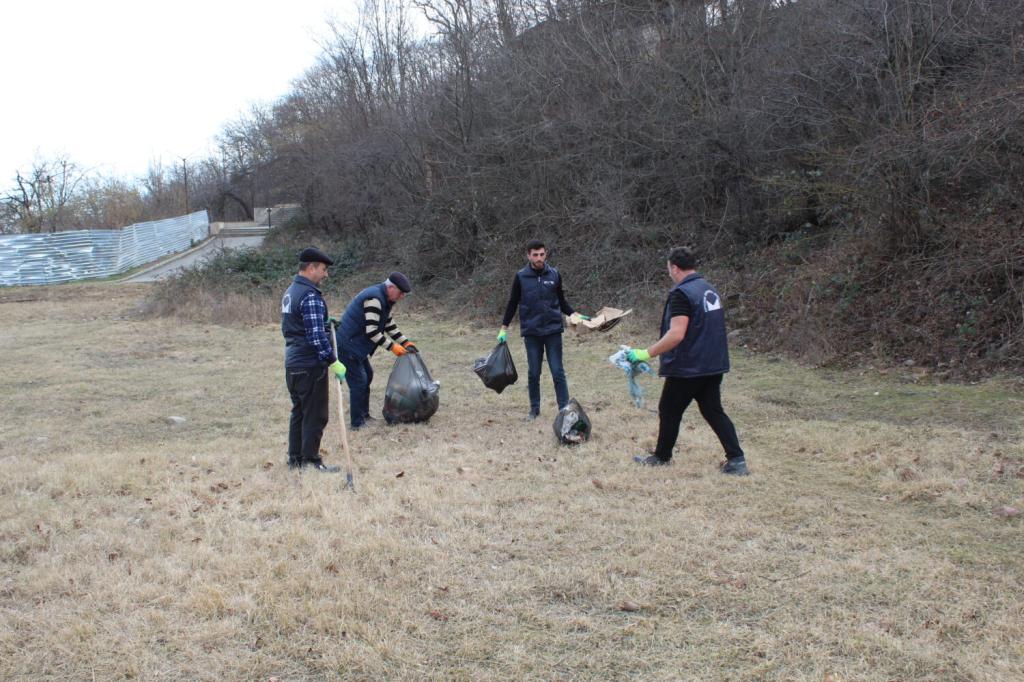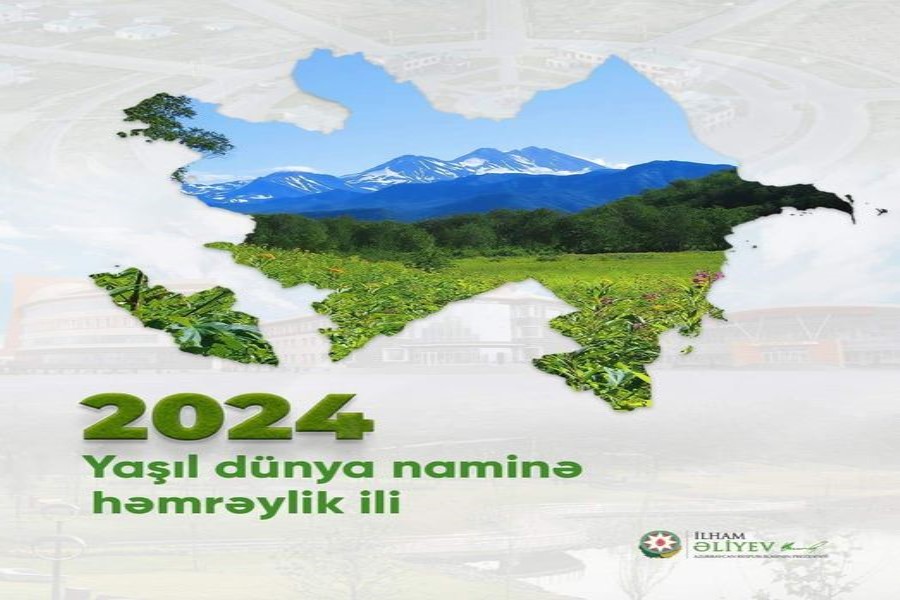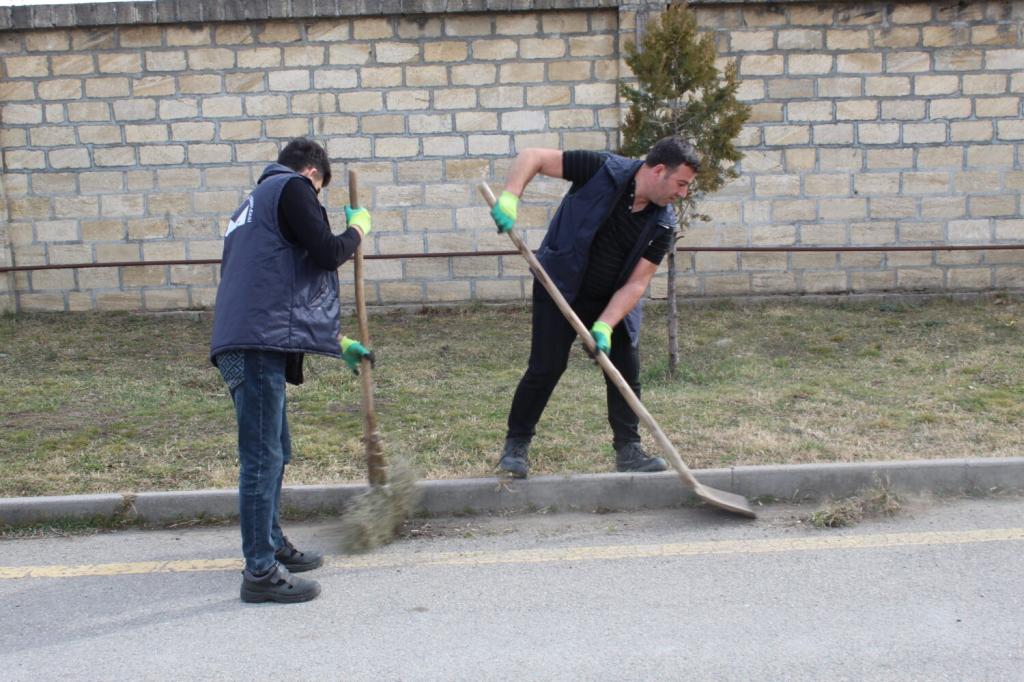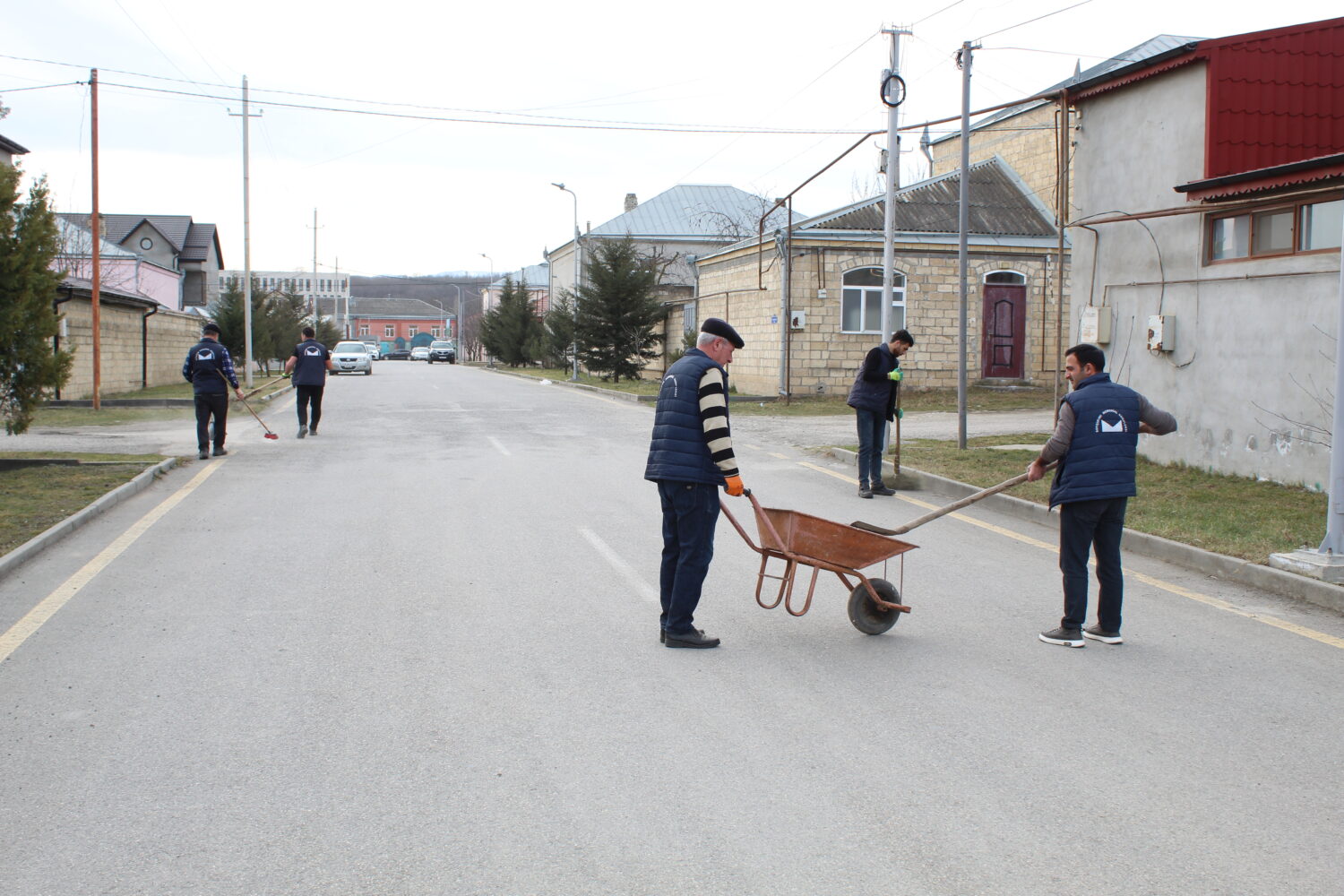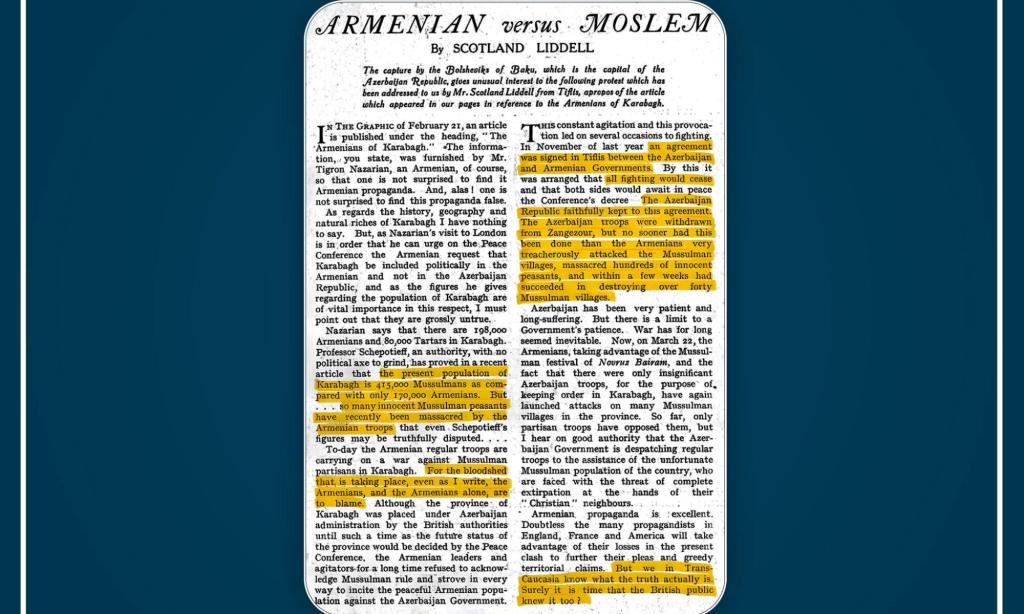Situated approximately 7 kilometers north of the ancient city of Ganja, the Imamzadeh mosque stands as one of Azerbaijan’s most renowned religious centers. Also known as the “Blue Dome,” “Blue Mosque,” or “Blue Imam,” this religious architectural complex is an integral part of the Ganja State Historical and Cultural Reserve. Constructed around the tomb of Imam Mohammad Baghir’s son, Ibrahim, who passed away in the 8th century, the complex holds historical and spiritual significance.
The primary elements of the complex include a tomb building and a cemetery. The mausoleum’s construction utilized red bricks, incorporating characteristic features of the Arran school of architecture. Additional small domed cells flanking the central dome were added later, likely in the XIII-XIV centuries.
Beyond its role as an imamzade, this site, originally designed as a tomb, saw the construction of additional tombs in different periods. Over centuries, the Ganja Imamzadeh’s religious and historical importance has grown, solidifying its reputation as a cherished place of faith and a spiritual haven—acting as a guardian of national values.
During the reign of Ganja Khan Javad Khan Ziyadoglu Qajar (1786-1804), significant repairs were undertaken at the tomb. In the years 2010-2016, the Imamzade Complex underwent extensive reconstruction and restoration, a testament to its enduring significance, under the directive of President Ilham Aliyev.
